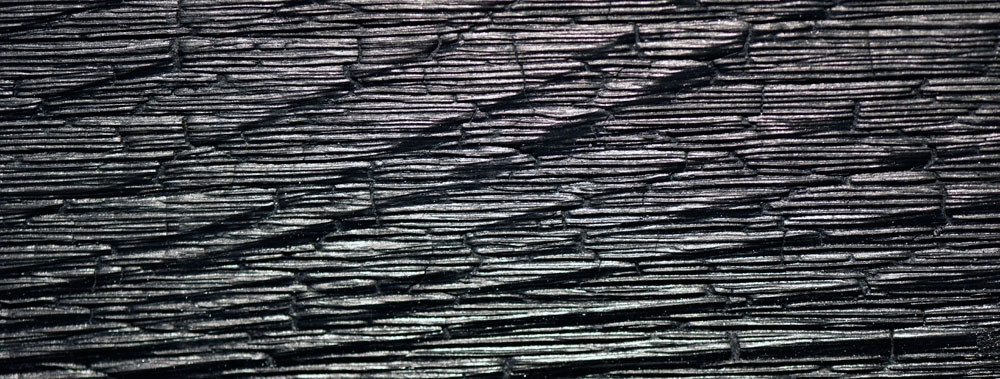
The term "Shou-Sugi-Ban" is Japanese and translates to "burnt cedar board". The term describes the centuries old Japanese technique of charring "Sugi" (cedar) planks.
For centuries, Japanese carpenters used recovered driftwood from the coastlines of Japan for an artistic finish that also improved durability. Japanese driftwood was prized for its unique appearance and durability due to the weathering process from the harsh environment of saltwater, surf, and sun, but driftwood was in short supply while demand was high. So the Japanese turned to another weathering process to achieve the durability and aesthetic. Fire provided the preservative, and the unique and artistic dimension Japanese homeowners and craftsman were looking for.
The practice of charring Sugi (Cryptomeria japonica) commonly referred to in the United States as Japanese Cedar has been commonplace in Japan since at least the 1700s, and likely earlier. In the last 50-100 years the practice has fallen out of favor in Japan due to the advent of modern plastic or cement based siding, decking, and fencing. Additionally, wood in Japan has been in short supply for quite a while, and most wood has to be imported, increasing its cost. These factors caused Shou Sugi Ban to become a "lost" technique.
Charring cedar in the United States as a method of coloring, finishing and preserving siding is of interest to architects seeking low maintenance, high sustainability material options. The process eliminates the costs and environmental impacts of paint and stain from both construction and maintenance cycles. Carbonized cedar siding boasts a lifetime of around eighty years in traditional Japanese construction with no maintenance. Because Japanese Cedar is indigenous to Japan only, builders in North America have turned to American outdoor woods such as Western Red Cedar and Southern Cypress, and found that they work just as well, if not even better than the original Japanese Cedar.
